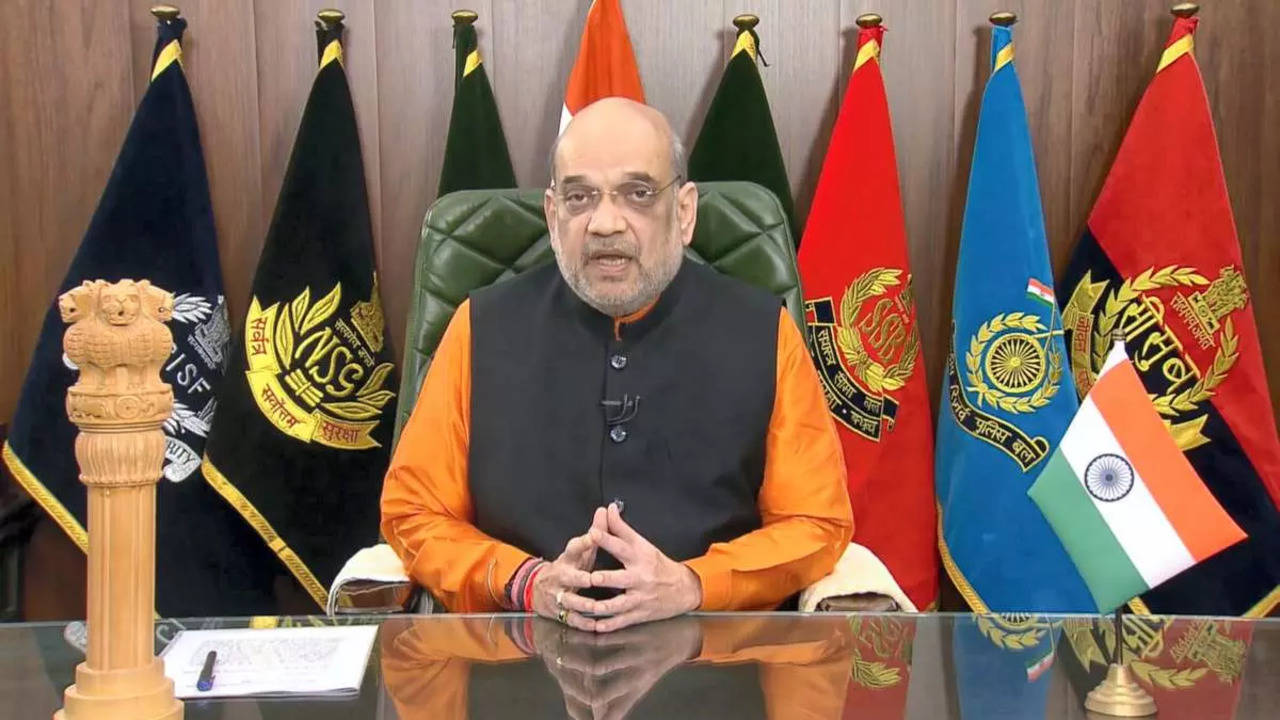Amit Shah announces ST status for Paharis in J&K : What’s the significance of the move and why now
ST status to Paharis: The decades-long demand of the Paharis for inclusion in the Schedule Tribe list has created social fissures with their Gujjar neighbours who were granted ST status in 1991. Subsequent political parties allowed the matter to fester but political decision-making wheels are turning now, why is that?

The divide between Gujjars and Paharis and the call for reservation has created fissures for years beginning in the early 1990s. Both communities have been living in the Pir Panjal valley but their co-existence has becoming increasingly strained with the simmering ST status demand for three decades.
Photo : PTI
Union Home Minister Amit Shah announced Scheduled Tribe (ST) status for Pahari people residing in Jammu and Kashmir. The Centre’s nod to the long-pending demand of the Pahari group has reportedly wedged a divide between communities and split open differences within regional parties as well.
The Gujjars are particularly unhappy. They are neighbours of the Pahari-speaking people and believe that granting an ST status would widen the competition for jobs and education quotas. As far as the Gujjars are concerned, they say majority of the Paharis are well-off and do not need affirmative action.
The divide between Gujjars and Paharis and the call for reservation has created fissures for years beginning in the early 1990s. Both communities have been living in the Pir Panjal valley but their co-existence has becoming increasingly strained with the simmering ST status demand for three decades.
Why is the ST demand back in focus?
The demand for reservation re-emerges around election season, however, no ruling government (state or centre) had so far recognised it.
The revival of the demand comes as reports say the BJP administration may be gearing up for elections to the UT early next year after the delimitation plan carved new electoral borders for the erstwhile state.
The issue has peaked now also because reports quoting source-based information suggested that a commission, led by Justice GD Sharma (retd), had submitted its report with the government and recommended reservation to the Pahari community.
Last year, a Pahari delegation met Amit Shah when he visited the Union Territory (UT) in November and pushed for their cause. The call was taken up on social media by activists from the Poonch-Rajouri area as well, reports say.
Gujjar-Bakarwals were granted ST status in 1991 after consecutive reviews by various central government committees. The Paharis were stung by their exclusion. The wounds have only festered with time.
From time to time, studies have also found evidence of socio-economic backwardness and inadequate representation of paharis.
While the social fissures were always exploited by regional parties, when the BJP government revoked the special status of J&K the issue became even more divisive for local politicians. The BJP’s softening toward the pahari cause has created rifts within parties as well.
The festering problem in Pir Panjal had been the launchpad for many political activists who saw reason to keep the pot boiling.
In 2014, the Omar Abdullah-led National Conference (NC) government had refused to review the reservation status for paharis who were since long promised discussions on the matter by various political actors but little forward movement ever happened.
In 2020, the BJP government introduced a scheme for pahari people – a 4 per cent state reservation based on income (for people with annual income of less than 8 lakhs). But this too is regarded as insufficient.
Who are the Gujjars and Paharis?
Both the Gujjars and Paharis reside in areas close to the border. These are remote, rural areas and some social activists point out that their challenges for survival are the same.
Others say that Gujjars have a more authentic claim on reservation under the SC & ST Act since they all share a homogeneous culture and there are no caste hierarchies in the tribe. They say that Gujjars have faced systematic social stigma. On the other hand, Paharis also include “high-caste” members – Brahmins, Mahajans, “upper-caste Muslims” and other “upper-caste Hindus” also form this social group.
The BJP recently nominated a Gujjar leader to Parliament, a move seen by many commentators as a way to pacify the community ahead of accepting the pahari people’s demand.
To settle the reservation matter and build social cohesion between the two communities living in the sensitive border areas is crucial. Three decades later, the issue ought not to be a source of conflict and rivalry between people living in the strategic Pir Panjal region.
Trending:
End of Article
Subscribe to our daily Newsletter!





Related News





Tech Layoffs 2024: Experts Explain Why The Tech Industry Is Most Affected

Who Built NASA's James Webb Space Telescope?

Explained: What Is 60% Kannada Rule That Saw Violent Protests In Bengaluru

Disease X Versus COVID-19: What Are Similarities And Difference Between Two

Are We Prepared to Deal with Disease X?









